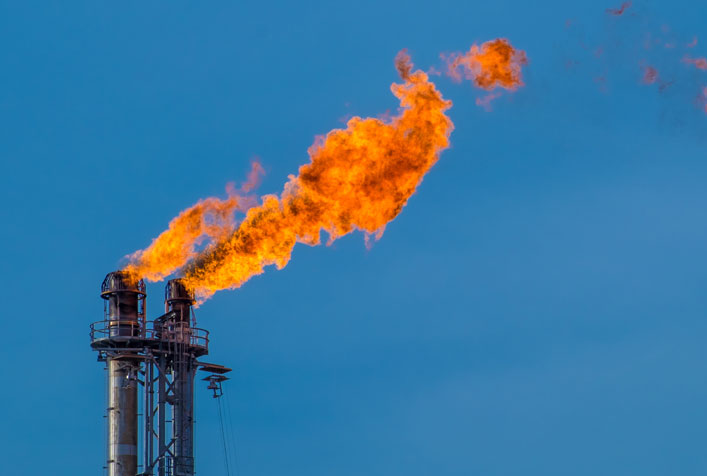Addressing Imminent and Substantial Endangerment under the Clean Air Act

Project Brief
The Challenge
During the early months of 2021, the Limetree Bay Terminals and Refining facility in St. Croix in the U.S. Virgin Islands experienced multiple process failures that contaminated the surrounding ambient air, soil, and potable water. Specifically, a flaring event in February and a second flaring event in May both resulted in flare rainout (the emission of liquid oil droplets through a flare stack), causing oil droplets to settle on the surrounding community. In addition, in April 2021, the Limetree Bay Refinery reported that the facility had emitted sulfur dioxide and hydrogen sulfide (both potentially toxic gases) at higher than allowed levels on multiple occasions through the same flare stack that had caused the prior two events. In early May, the U.S. Environmental Protection Agency requested ERG’s support on an urgent basis to help the Agency assess whether the air pollutants emitted had caused an “imminent and substantial endangerment to public health, welfare, or the environment” in the surrounding community, in violation of Section 303 of the Clean Air Act.
ERG's Solution
Because of the severity of these events, ERG worked with EPA around the clock to help the Agency make this determination. ERG’s support included reviewing community complaints; estimating pollutant emission rates from these excess emissions events; evaluating the impacts to public health, welfare, and the environment; and providing experts to examine the refinery operations and assess the potential for future flare failure and unsafe equipment operation. We reported our findings to EPA within seven days of starting work and the next day, on May 14, 2021, EPA issued a CAA Section 303 emergency order that required the facility owners to shut the Limetree refinery down for 60 days, arrange for an independent audit of the facility operations, and then submit a plan for EPA’s review and approval that addressed auditor recommendations for corrective measures at the refinery.
Client
U.S. Environmental Protection Agency